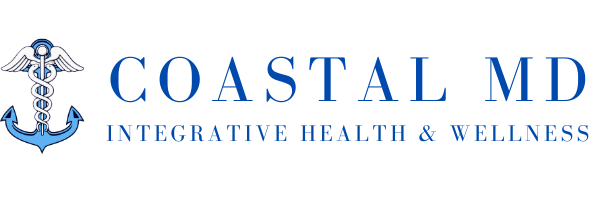Male Hormone Replacement Therapy Medications
Male hormone replacement therapy (HRT) has become increasingly recognized as a viable treatment for men experiencing symptoms of low testosterone. This therapy involves administering medications that contain or stimulate the production of testosterone. Understanding the different types of medications available is crucial for anyone considering this form of therapy.
Types of Testosterone Replacement Medications
Testosterone replacement therapy can be administered through various forms, each with its unique characteristics and methods of delivery.
- Testosterone Injections
Description: Testosterone is injected directly into the muscle (intramuscularly) or under the skin (subcutaneously).
Frequency: Typically every 1-2 weeks, but longer-acting formulations may be administered less frequently.
Pros: Cost-effective and allows for rapid adjustment of dosage.
Cons: Can cause fluctuations in testosterone levels, leading to mood swings or changes in energy.
- Topical Gels and Creams
Description: Applied daily to the skin, allowing testosterone to be absorbed into the bloodstream.
Pros: Maintains more consistent testosterone levels and is non-invasive.
Cons: Risk of transferring the medication to others through skin contact.
- Transdermal Patches
Description: Patches applied to the skin that release testosterone over time.
Pros: Easy to use and provide steady hormone levels.
Cons: Can cause skin irritation and may have visible appearance on the skin.
- Buccal Patches
Description: Adhered to the gums and release testosterone, absorbed through oral tissues.
Pros: Avoids liver metabolism, maintaining effective hormone levels.
Cons: Can cause gum or mouth irritation and may affect taste.
- Nasal Gels
Description: Applied inside the nose, providing a direct route to the bloodstream.
Pros: Convenient and avoids skin or oral side effects.
Cons: Requires multiple daily applications and can cause nasal irritation.
- Subcutaneous Pellets
Description: Pellets implanted under the skin that slowly release testosterone.
Pros: Long-lasting (3-6 months) and requires less frequent administration.
Cons: Requires a minor surgical procedure for implantation.
- Oral Testosterone
Description: Pills taken by mouth.
Pros: Convenient for those who prefer oral medication.
Cons: Can have more significant impacts on liver health and cholesterol levels.
Choosing the Right Medication
The choice of medication depends on various factors, including:
Personal Preference: Some men prefer injections over daily applications of gels or patches.
Lifestyle Considerations: Busy lifestyles may favor longer-lasting treatments like pellets.
Medical History: Pre-existing conditions like liver problems or skin allergies can influence the choice.
Cost and Insurance Coverage: Some medications may be more affordable or covered by insurance.
Conclusion
Male hormone replacement therapy offers several medication options, each with its advantages and drawbacks. The choice of medication should be made in consultation with a healthcare provider, considering personal preferences, lifestyle, medical history, and financial factors. With the right approach, testosterone replacement therapy can effectively manage symptoms of low testosterone, improving quality of life and overall well-being.

